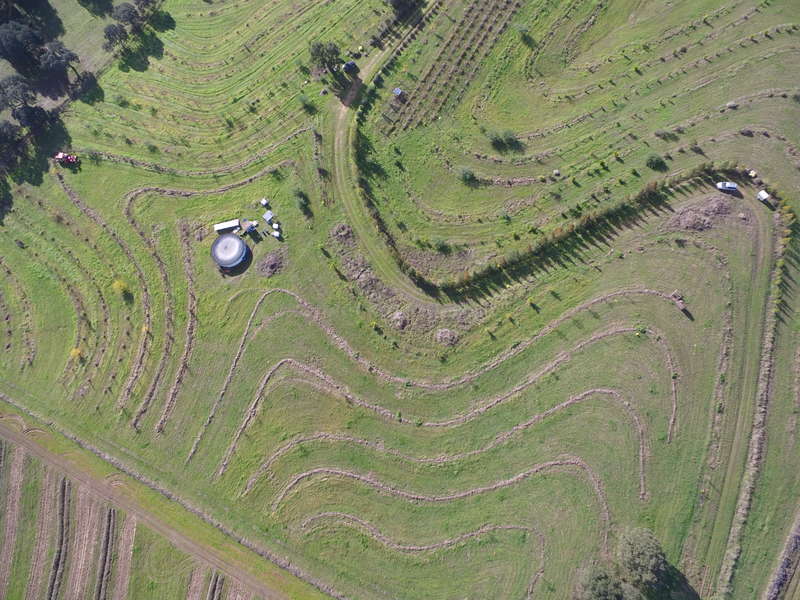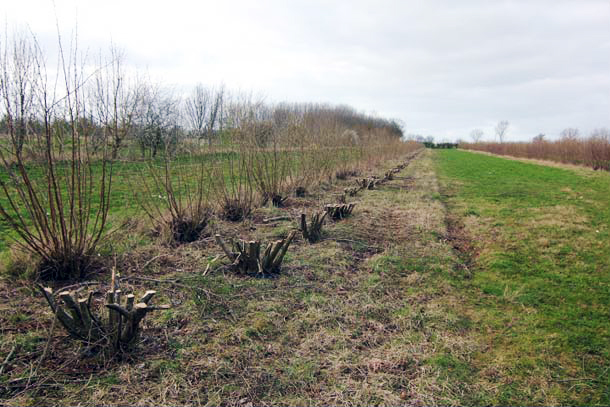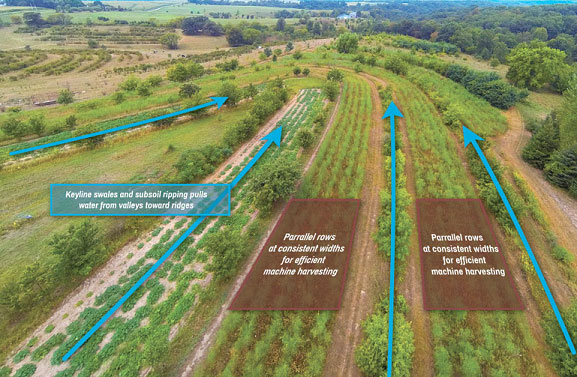Water is an essential resource for any farmer, but managing it can be a challenging task, especially in areas with irregular rainfall patterns or limited water resources. Fortunately, there are sustainable approaches to water management that can help farmers improve soil fertility, increase crop yields, and reduce water waste. One such approach is keyline design.

Keyline design is an approach to land management that involves identifying key points and keylines in the land’s topography to slow water flow and improve soil fertility. The key points are the highest points in the landscape, while the keylines are the contours that connect these points. By understanding the land’s natural contours and working with them, farmers can channel water to where it’s needed most and prevent erosion and water runoff.
The keyline design approach was developed by P.A. Yeomans, an Australian farmer and engineer, in the 1950s. Yeomans observed that the traditional approach to land management, which involved plowing the land in straight lines, resulted in soil erosion and water runoff, reducing the land’s fertility over time. He developed the keyline design approach as a way to work with nature instead of against it, preserving the land’s natural contours and improving water retention and soil fertility.
The keyline design approach involves several key elements, including:
- Identifying the key points and keylines in the land’s topography using a surveyor’s transit or a laser level.
- Placing a series of dams or ponds along the keylines to slow water flow and increase water retention in the soil.
- Planting trees and other vegetation along the keylines to stabilize the soil and prevent erosion.
- Using contour plowing and other soil conservation techniques to further improve soil fertility and water retention.

By following these key principles, farmers can improve their land’s resilience to drought and flooding, reduce water waste, and improve crop yields. In addition, keyline design can help farmers reduce their reliance on synthetic fertilizers and pesticides, improving the health of their land and the quality of their produce.
At Tiaga Valley Farms, we’ve been using keyline design techniques to manage our water resources and improve our soil fertility. By working with the natural contours of our land, we’ve been able to channel water to where it’s needed most and prevent erosion and runoff. As a result, our crops are healthier, and our land is more resilient to drought and flooding.
If you’re interested in learning more about keyline design, we recommend attending a workshop or reading up on the topic. There are many resources available online, including books, videos, and online courses. By adopting keyline design techniques, you can improve your land’s health and productivity while reducing your water and fertilizer use.

